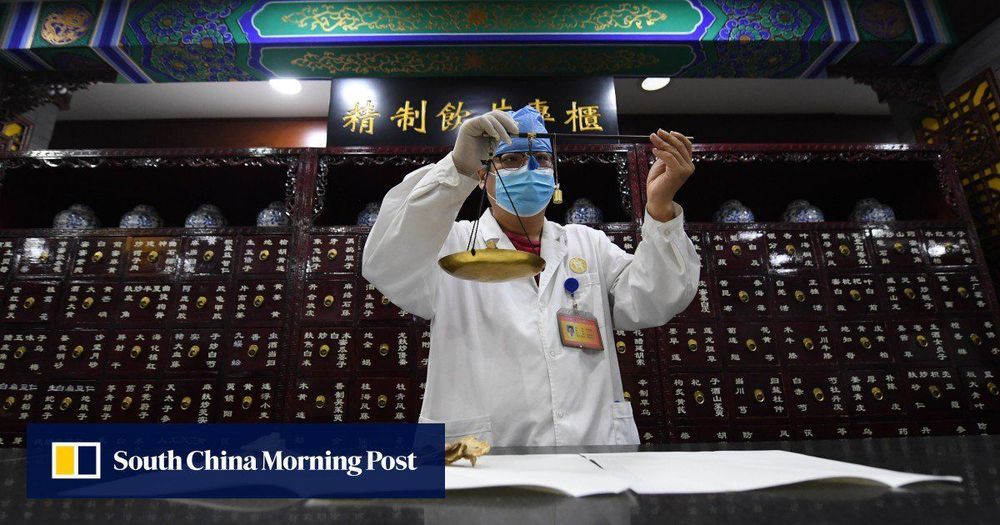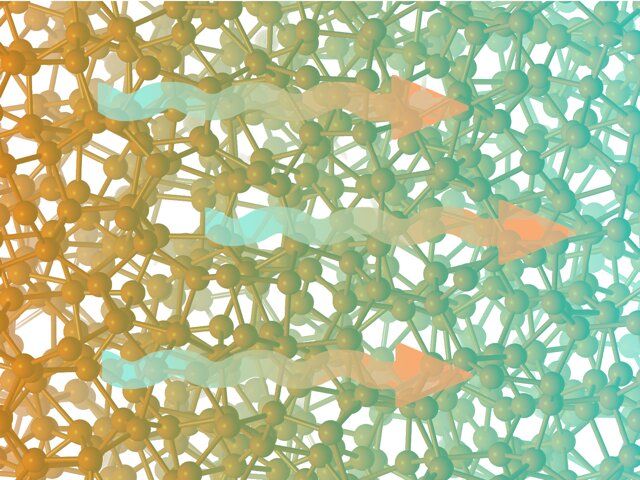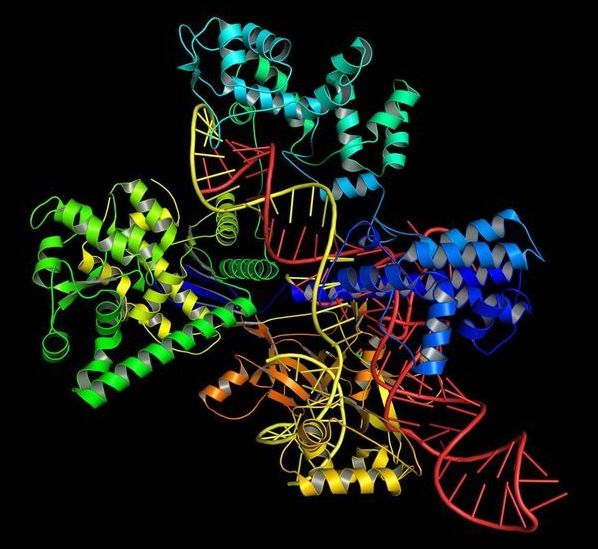The theory that oxygen and water provides food and nourishment without guidance.
Look for the word “shareholder” at the very bottom.


Aren Jay shared this cogent article to my Timeline… It is not new even Hippocrates was able to determine that the gut causes and or assists in all diseases. But the 19th and 20th centuries researchers began saying that microbes are good for mankind which sent science reeling through generations until this day… Respect r.p.berry & AEWR wherein we have developed a formula and Algorithm that deals with this very serious problem completely. A very expensive cure but one that will take Woman-Man past the Escape Velocity so many have written about… https://gerevivify.blogspot.com/
Recent research has found that bacteria in the gut can affect people’s mental state, leading to mood, cognition and behavioural problems. But in TCM, the link between the gut and all of the body’s organs has long been recognised.

Dubbed ‘antibiotic apocalypse’, the antibiotic resistant superbugs have become a massive cause for concern for health professionals as their numbers continue to rise. Such is the worry around antibiotic superbugs that experts believe that they will claim 10 million lives by 2050, with 700,000 people dying a year after catching the infections, according to a recent report from the American Chemical Society’s Enviromental Science and Technology Journal. Humans, especially in the West, have become so reliant on antibiotics to help cure illnesses that many of the bacteria that they are trying to fight have become resistant to the drugs through evolution.


Theoretical physicists from SISSA and the University of California at Davis have developed a new approach to heat transport in materials, which finally allows crystals, polycrystalline solids, alloys and glasses to be treated on the same solid footing. It opens the way to the numerical simulation of the thermal properties of a vast class of materials in important fields such as energy saving, conversion, scavenging, storage, heat dissipation, shielding and the planetary sciences, which have thus far dodged a proper computational treatment. The research has been published in Nature Communications.
Heat dissipates over time. In a sense, heat flow is the defining feature of the arrow of time. In spite of the foundational importance of heat transport, the father of its modern theory, Sir Rudolph Peierls, wrote in 1961, “It seems there is no problem in modern physics for which there are on record as many false starts, and as many theories which overlook some essential feature, as in the problem of the thermal conductivity of nonconducting crystals.”
A half-century has passed since, and heat transport is still one of the most elusive chapters of theoretical materials science. As a matter of fact, no unified approach has been able to treat crystals and (partially) disordered solids on equal footing, thus hindering the efforts of generations of materials scientists to simulate certain materials, or different states of the same material occurring in the same physical system or device with the same accuracy.

Chemotherapy works off of a basic premise: kill all rapidly-growing cells in an effort to wipe out tumor cells. The tactic, while generally effective, has quite a few off-target casualties, including cells that produce hair and cells that line the stomach.
Scientists have tried to skirt the problem by creating missile-like drugs that zero in on cancer cells specifically, sparing healthy cells.
These missile-like drugs, known as antibody-drug conjugates (ADCs), have been in the works for decades, but only in recent years have they made it to clinical trials, Kimberly Tsui, a genetics graduate student, told me.



The Internal Revenue Service (IRS) is warning taxpayers about a snowballing email attack that uses messages pretending to be legitimate IRS communications. The end game for the effort is malware being installed on unsuspecting users’ machines; imposters may gain control of the taxpayer’s computer or secretly download software that tracks every keystroke, eventually giving them passwords to sensitive accounts, such as financial accounts.
The gambit starts with messages to taxpayers from email addresses that spoof legitimate IRS addresses. The emails contain a link to a spoofed IRS.gov website that displays fake details about the targeted recipient’s tax refund, return or account.
The fake emails have subject lines like “Automatic Income Tax Reminder” or “Electronic Tax Return Reminder.” They claim to contain a “temporary password” or “one-time password” to access the files purportedly needed to submit a request for a refund or for information. However, those files are actually just malware in disguise.